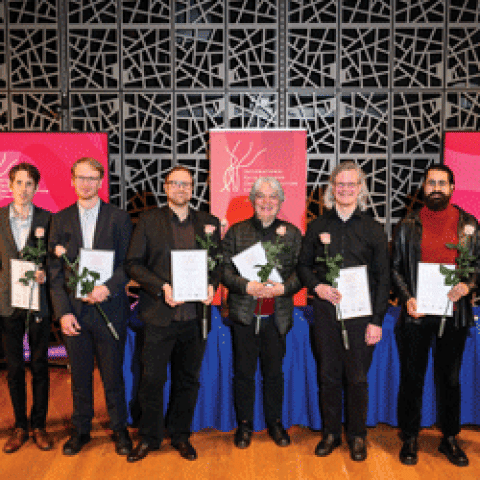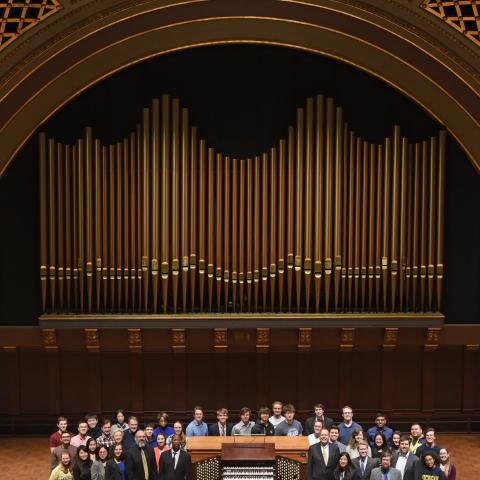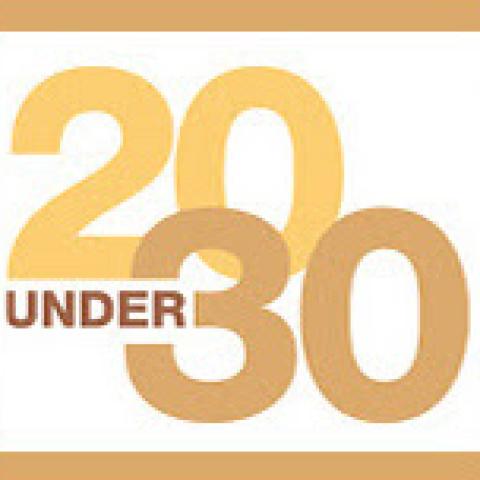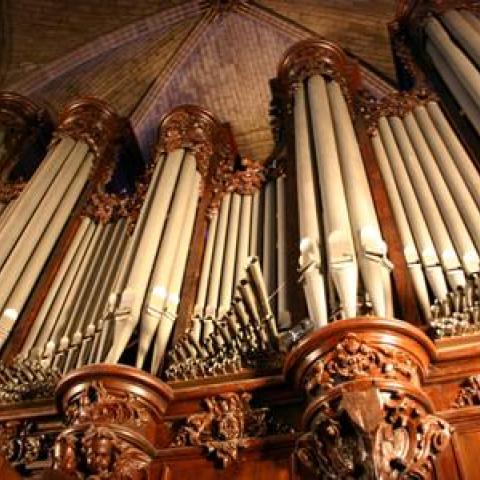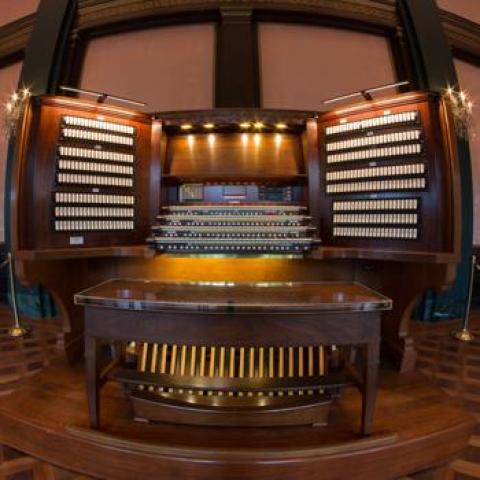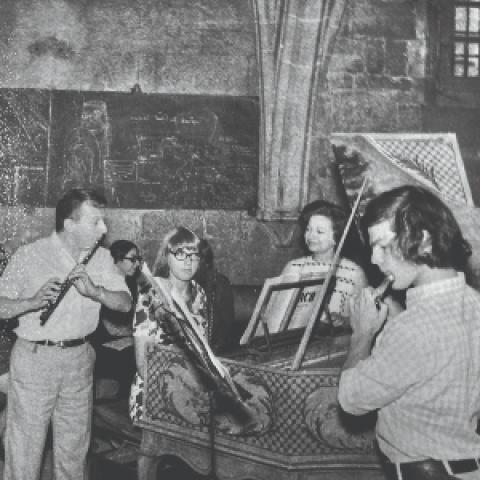
The Helsinki Organ Academy takes place August 1–7 in Helsinki, Finland.
The academy is organized by the Sibelius Academy, Uniarts Helsinki, as part of the Sibelius Summer Academy. The event will highlight organ music in its diversity and the organs of Helsinki and Janakkala. Participants will get a detailed picture of Finnish organ culture and the possibilities of studying organ and church music at the Sibelius Academy, Uniarts Helsinki. In addition to individual tuition, also lectures, seminars, and workshops are offered. The participants also get to perform in matinées and the final concert of the event. One of the special focus areas of the event will be improvisation on silent movies.
Visiting teachers will be Peter Krasinski and Balázs Szabó. The Sibelius Academy church music and organ faculty includes Olli Porthan and Timo Kiiskinen and teachers Markku Hietaharju, Liisa Ahlberg, Tomi Satomaa, Tommi Niskala, Irina Niskala and Susanne Kujala. The participants will also visit the organ-building factory Martti Porthan in Janakkala.
As a part of the Organ Academy, also a special Pipe Organ Encounter is organized for teenagers, aged 13–18, who have achieved an intermediate level of keyboard proficiency.
The Organ Academy is organized in cooperation with The Finland Chapter of the American Guild of Organists, Helsingin Urkukesä (Helsinki Organ Summer), Organ-building factory Martti Porthan Ltd, the Cathedral, Johannes, Paavali, Kallio and Pakila parishes of Helsinki and Fennica Gehrman.
Enrolment to the organ Academy is open on the Sibelius Summer Academy web page until March 30.
Details about enrolment and course fees can be found website at www.sibeliussummeracademy.fi
https://sites.uniarts.fi/en/web/sibelius-summer-academy/organ-academy

